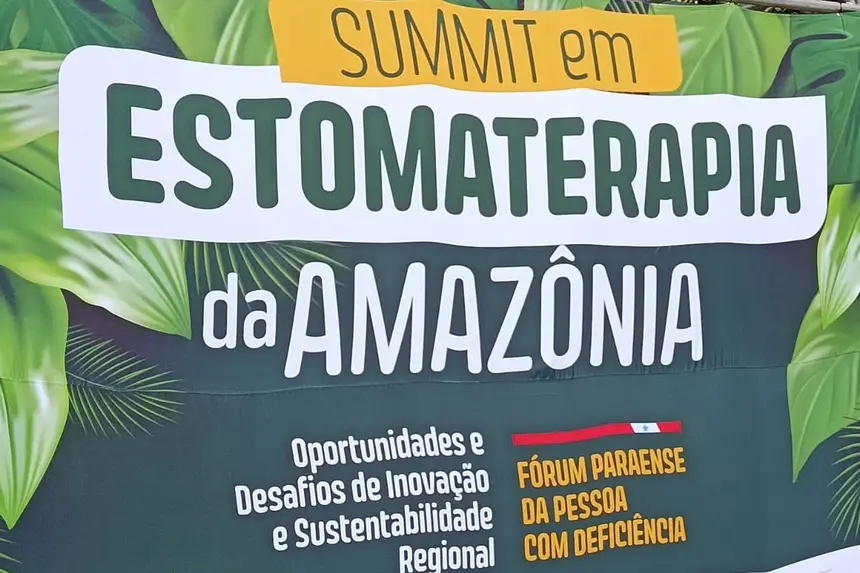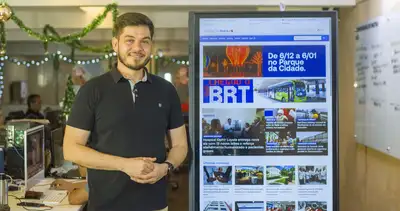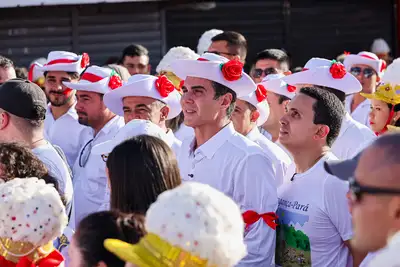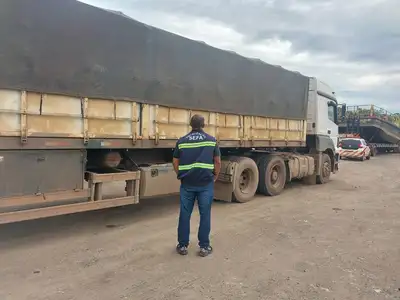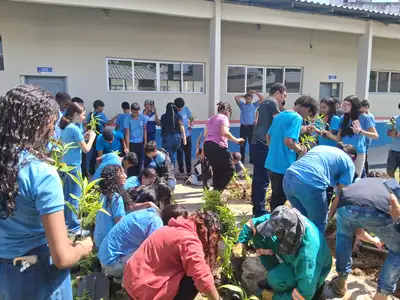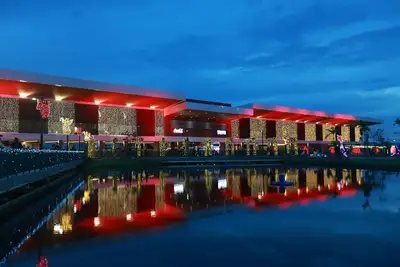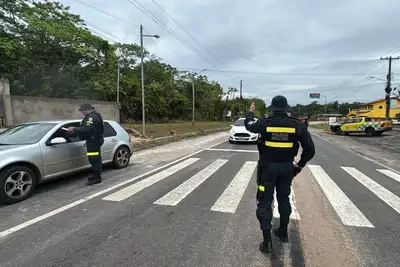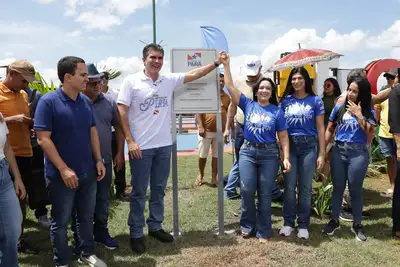Stomatherapy Event Features Experts from Santa Casa
Stomatherapy is a specialized area of nursing dedicated to the care of people with stomas, wounds, and other dermatological conditions
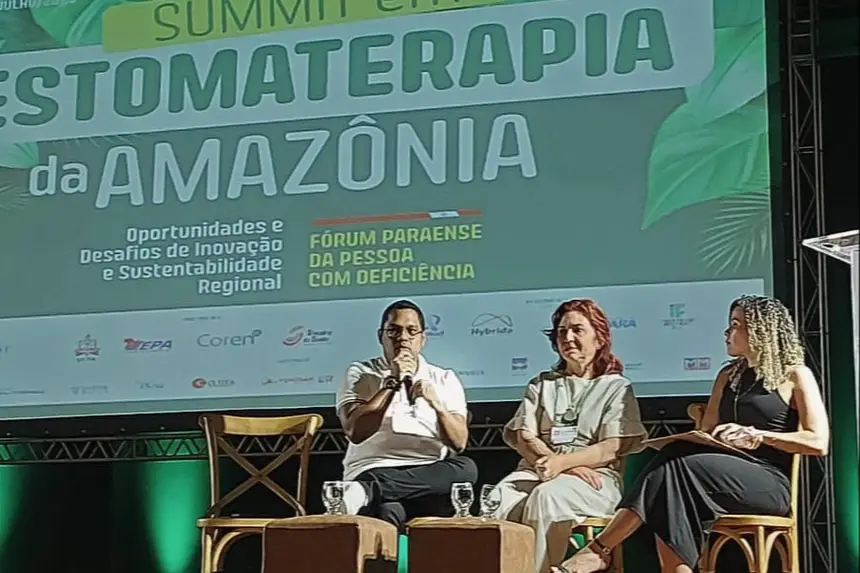
The Convention Center of the Federal University of Pará hosts the event that brings together specialists from various parts of Brazil in the field of care. The Brazilian Association of Stomatherapy (Pará Section) is leading the Amazon Stomatherapy Summit: Opportunities and Challenges of Innovation and Regional Sustainability, along with the Pará Forum for People with Disabilities. The meeting concludes this Thursday (10).
According to the organization, the event aims to contribute to the articulation between science, health, and sustainability, and to provide a space for dialogue and proposals regarding human health care with an interface in innovation and sustainability, emphasizing the improvement of the quality of life for people with wounds, stomas, and incontinence, as well as strengthening public policies and local actions aimed at regional needs.
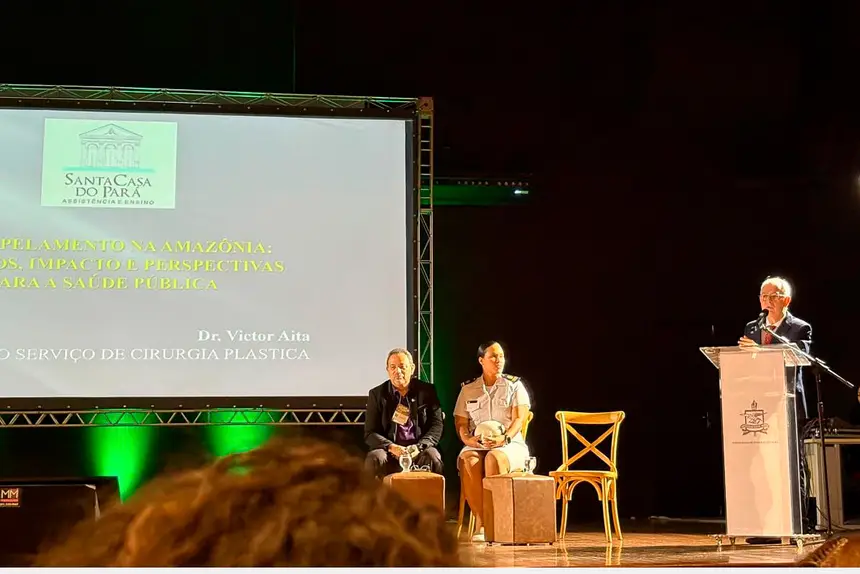
Experts from Santa Casa, such as nurses Antônio Marcos Freire Gomes, Socorro da Silva Ruivo, and physician Victor Aíta, participate in the Amazon Stomatherapy Summit with presentations in panels and discussions on topics related to programs developed at the hospital.
Nurse Socorro Ruivo from Santa Casa Foundation participates this Thursday afternoon (10) in a lecture on innovation in the treatment of omphalocele in newborns. Socorro, who is a stomatherapist, informs that Santa Casa has a committee for the prevention and treatment of injuries, of which she is the president.
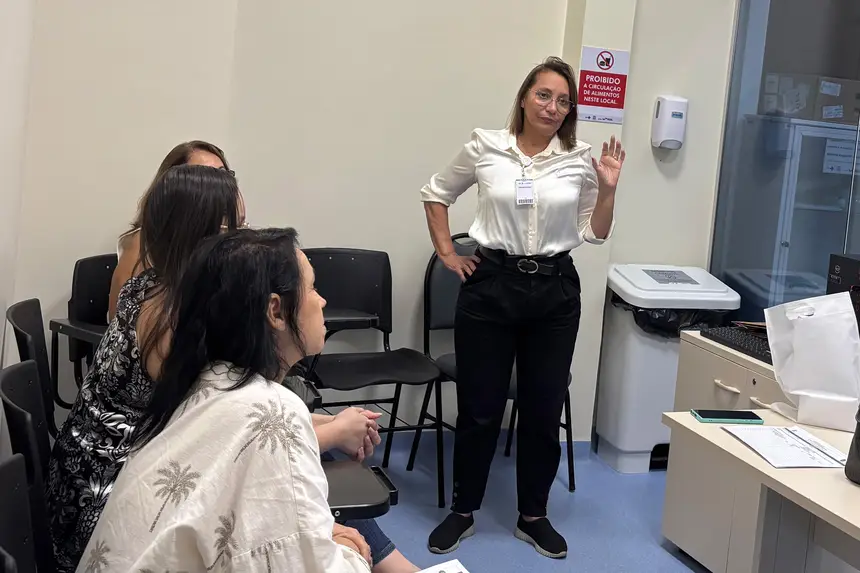
“Stomatherapy addresses all injuries in addition to patients with stomas and urinary incontinence. The profile of Santa Casa is to care for patients with stomas in neonatology and pediatrics; adults are admitted to close stomas,” says Socorro Ruivo.
Victor Aíta, plastic surgeon at Santa Casa Foundation, discussed in his presentation the treatment provided at the institution for victims of scalping accidents. The advancements made in the treatment of these patients from the moment they arrive until discharge.
“Outpatient follow-up, use of tissue expanders, dermal regeneration matrix, and the possibility of using stem cells to advance the improvement process for these patients. Considering that our hospital is regarded as a reference center for treating these victims,” emphasizes plastic surgeon Victor Aita.
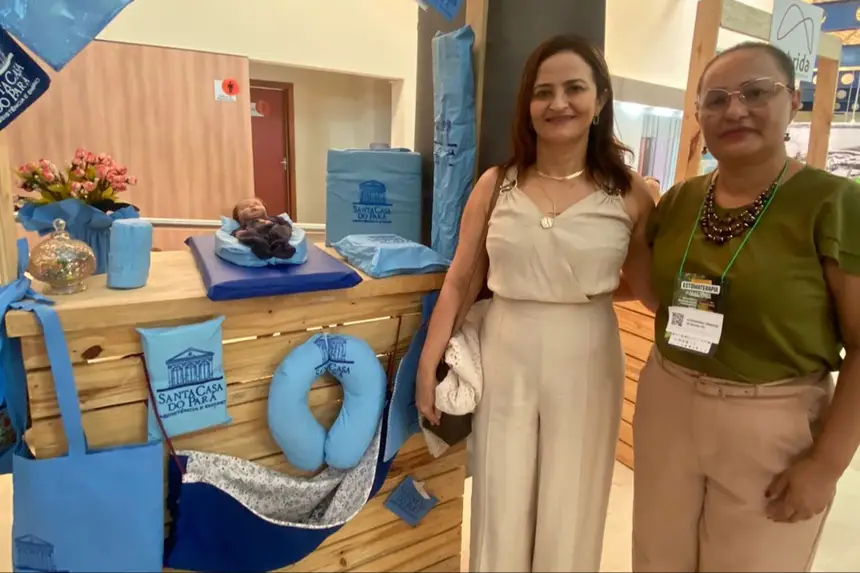
Sustainability - Santa Casa has a booth at the event for sustainable hospital products. Maria Alves Belém, Director of Technical Operational Support at Santa Casa Foundation, emphasizes the importance of the institution's participation in the event, within the opportunities and challenges of innovation and sustainability.
“Santa Casa was invited to participate in the event, bringing the booth to showcase sustainable hospital products manufactured in the hospital itself as good practices for sustainability and waste reduction. The event reinforces the importance for Santa Casa to demonstrate its commitment to innovation and regional sustainability. It also includes discussions on environmental impacts and sustainable solutions in hospital waste management,” said Maria Alves.
For Marcos William Gomes, nurse at Santa Casa Foundation, the event is a rich space for knowledge, exchange of experiences, and mainly for building more humane and sustainable paths in health care. “I would like to highlight the privilege it was for Santa Casa do Pará to be the only health institution invited to participate in this meeting. This reinforces our commitment to innovation, sustainability, and responsible care.”
“I had the opportunity to present what we have been doing in our institution regarding the environmental impact of hospital waste. We shared initiatives that once seemed simple but now make a big difference: the reuse of waterproof blankets, pyramid mattresses, scraps of surgical field fabrics, materials that for a long time were discarded but now gain new life. With creativity, environmental awareness, and teamwork, we managed to transform these materials into cushions, nets, nests for newborns, pillows, and decorative holders, benefiting patients, companions, and our own staff,” stated Marcos Gomes.


